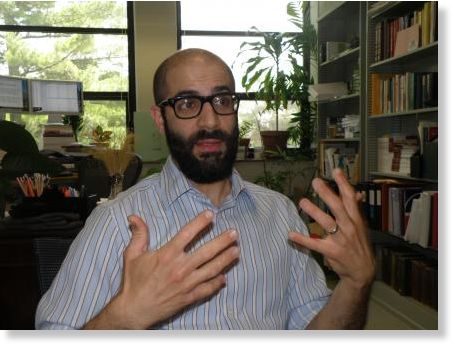
© Adrianna Williams/Corbis
In a recent Dove ad, an FBI forensic artist sketched a series of women based purely on the way they described themselves and again as others described them. The artist could only hear their voices, not see their faces.
A
video about the experiment, which has been viewed on YouTube more than 22 million times and counting, revealed stark difference between the way the women saw themselves and the way others saw them. Across the board, the self-described portraits were the least attractive -- suggesting, according to the Dove marketing team, that we are all more beautiful than we think we are.
So, why can't we see ourselves as we really are?
Over the course of our lives, experts said, our sense of self-image develops through a complicated interplay between cultural ideals, life experiences and accumulated comments by others. The result is, inevitably, a distortion of reality.
"You could look at a photograph and you would always be able to pick yourself out because we all have internal representations of what we look like," said David Schlundt, a psychologist at Vanderbilt University in Nashville.
"But all of your experiences, all the teasing you went through as a child, all the self-consciousness you had as a teenager, and all the worrying about whether you would be accepted as good enough or attractive enough are called forth in" how people think of themselves, Schlundt said. "It's not a perceptual thing. It's a combination of emotion, meaning and experience that builds up over our lifetime and gets packaged into a self-schema."


Comment: There are myriad relaxation techniques out there, but not many of them can attest to having not only immediate effects, but also having a highly practical application. Éiriú Eolas can assist with reducing stress, calming and focusing your mind and increasing a sense of connection with others in your community. It will also help you to have improved overall health, a stronger immune system and will also help you to heal emotional wounds; anything that may hinder or prevent you from leading a healthy and fulfilling life.
Visit the Éiriú Eolas site or participate on the forum to learn more about the scientific background of this program and then try it out for yourselves, free of charge